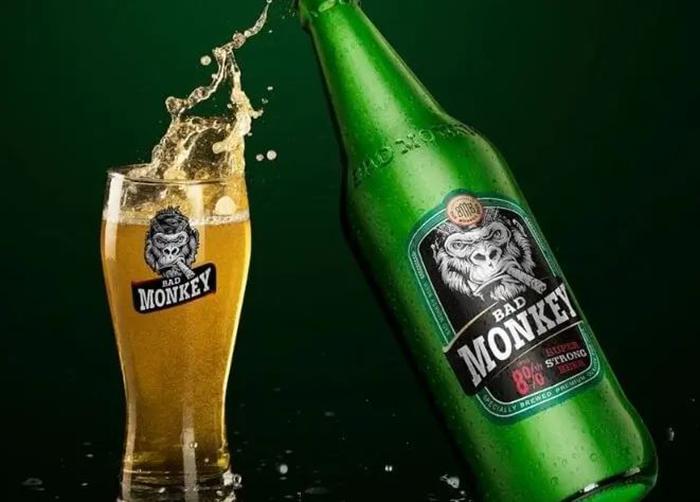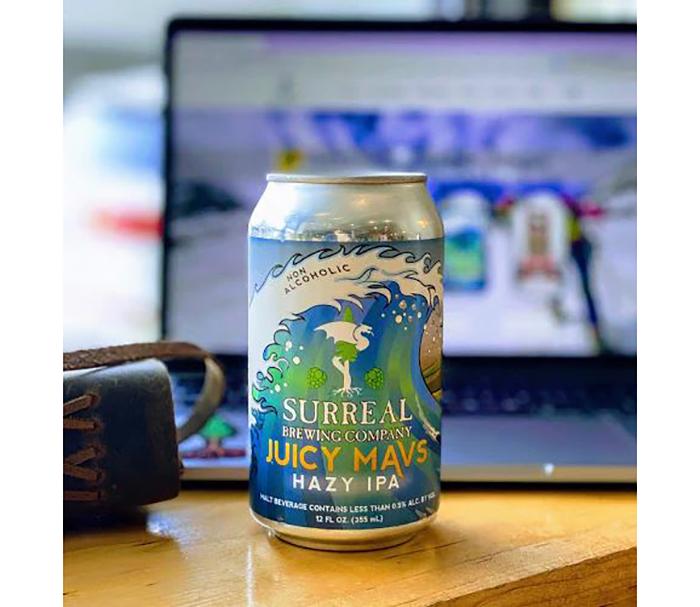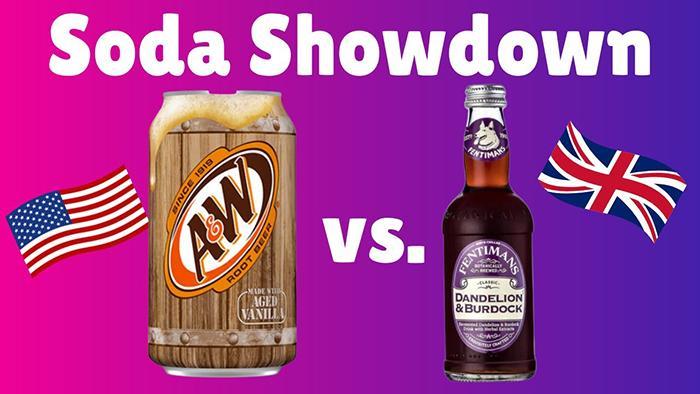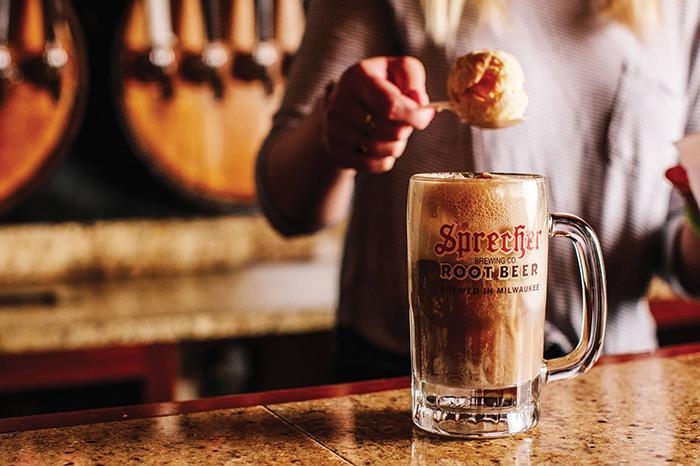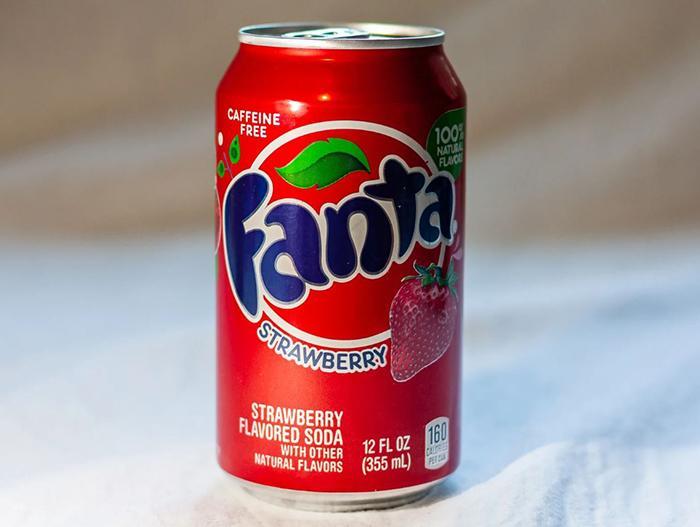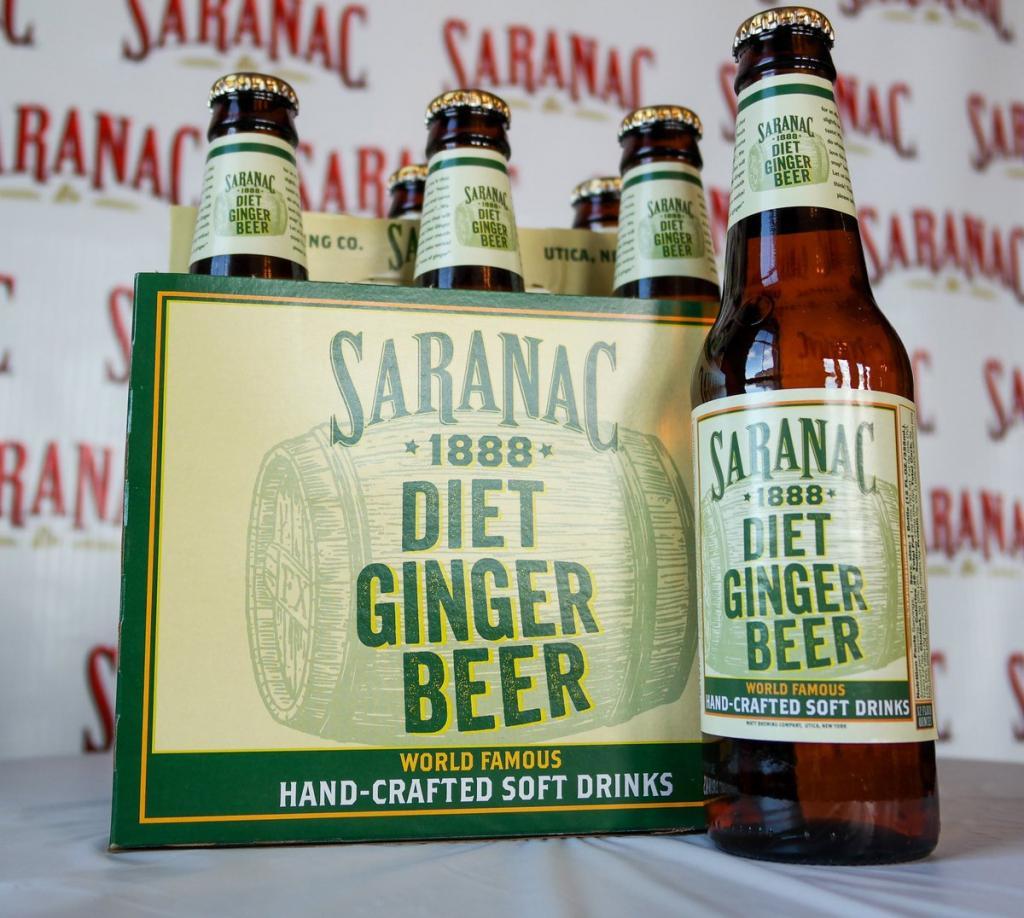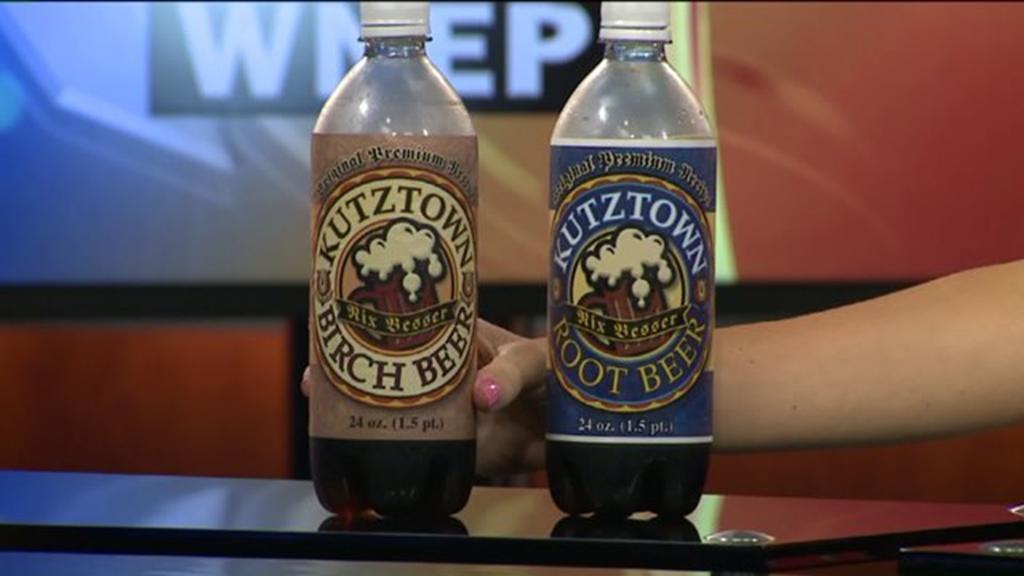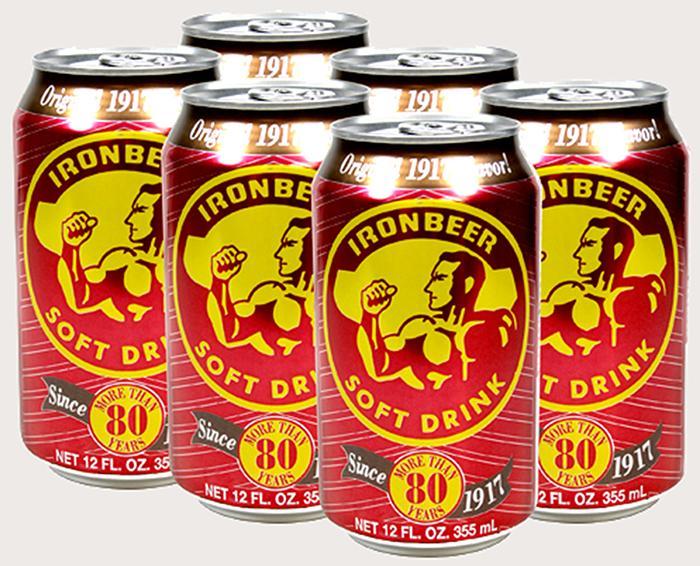Whether you’re hosting a party or looking to stock up on beer for game night, understanding the cost of a keg is essential for budget-savvy consumers. Beer keg prices can vary significantly, depending on factors such as size, brand, and additional expenses like deposits and delivery fees.
In this blog post, we will explore everything you need to know about how much a keg of beer costs—from different sizes and popular brands to strategies that can help save money on your next purchase.
You Are Watching: How Much Does A Keg Of Beer Cost Updated 12/2025
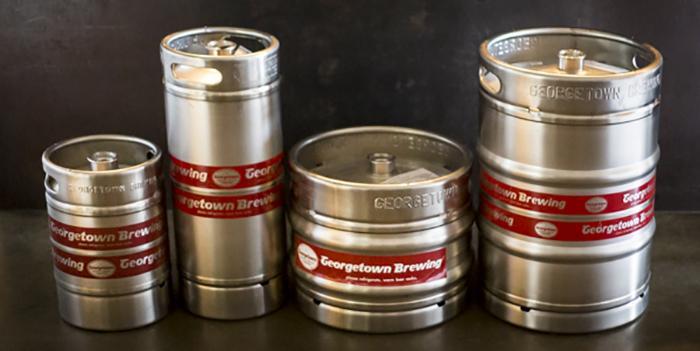
Understanding The Cost Of A Keg Of Beer
Different keg sizes and types of beer can impact the price, as well as additional expenses like deposits and delivery fees.
Different Keg Sizes And Prices
Keg sizes and prices vary depending on the brand of beer and the specific size of the keg. The following table provides an overview of the most common keg sizes and their approximate costs, giving you a better understanding of what to expect when making a purchase.
| Keg Size | Volume (Gallons) | Approximate Number of 12 oz. Servings | Typical Price Range |
|---|---|---|---|
| Mini Keg | 1.32 | 14 | $20-$40 |
| Cornelius Keg | 5 | 53 | $45-$100 |
| Sixth Barrel | 5.16 | 55 | $70-$120 |
| Quarter Barrel (Pony Keg) | 7.75 | 82 | $80-$125 |
| Half Barrel (Standard Keg) | 15.5 | 165 | $125-$150 for domestic beer, $150-$200 for imported or craft beer |
In addition to the cost of the beer itself, keep in mind that there may also be deposit fees for the keg and tap equipment, as well as delivery fees, if applicable. By familiarizing yourself with the various keg sizes and their associated costs, you can make informed decisions when planning your next event or gathering.
The Impact Of Beer Type And Seasonality On Cost
The cost of a keg of beer can be significantly influenced by both the type of beer you choose and its seasonal availability. As with any product, supply and demand play a major role in determining beer pricing, so opting for an exclusive craft brew or a popular limited-edition release may result in higher costs compared to mass-produced offerings.
Seasonality also affects beer pricing due to the varying production schedules and availability of different types throughout the year. Some breweries create specific seasonal beers using unique ingredients, like pumpkin spice for fall or fruity summer flavors.
Additional Expenses, Such As Deposits And Delivery Fees
While calculating the cost of a keg of beer, it’s crucial to consider additional expenses that come with the purchase. These costs can include deposit fees, delivery charges, and even equipment rentals like keg taps.
For example, when buying a standard half barrel keg of Budweiser at approximately $100, you’ll need to account for an added deposit fee which usually ranges from $30 to $100 depending on the retailer.
Delivery fees may apply if you request doorstep delivery instead of picking up your order yourself. Charges can vary based on factors such as distance and retailer-specific policies, but these extra expenses are worth considering while planning your party budget or event.
Similarly, if you need a tap for dispensing beer from your keg during gatherings or special occasions, don’t forget to factor in rental fees that could add another $20-$50 to your expense list.
Factors Influencing Keg Prices
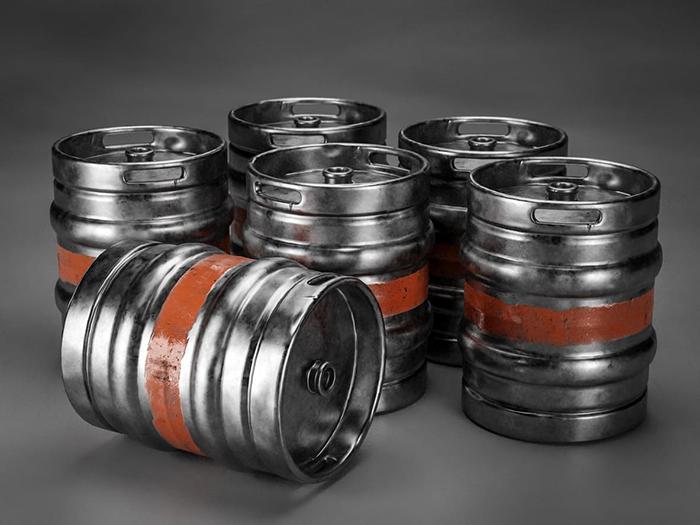
Brands and breweries’ popularity, local market demands and supply, taxes, regulations, and distribution costs are some of the factors that influence keg prices.
Popularity Of Brands And Breweries
The popularity of specific beer brands and breweries can significantly impact the pricing of kegs. Brands like Bud Light, Coors, and Miller are widely popular and usually more affordable than craft beers from smaller breweries.
However, certain factors can still affect their pricing, such as the time of year or regional demand.
On the other hand, craft beer prices vary greatly based on individual breweries’ production costs and market positioning in different regions.
Some trendy craft beers can fetch a high price due to their limited availability or unique flavors. It’s essential to remember that while brand popularity is important, it’s not always a reliable indicator of keg prices.
Local Market Demands And Supply
The local market demands and supply are crucial factors that influence the cost of a keg of beer. Local taxes, distribution expenses, transport costs, and consumer preferences all contribute to price variations in different regions.
In addition to these localized factors, there are also global trends affecting keg prices. The world market for kegs is currently seeing a decline due to unfavorable sales dynamics of draft beer in strategic regions.
This trend has resulted in lower demand for beer barrels globally and subsequently lower prices.
Taxes, Regulations, And Distribution Costs
One of the major factors that affect the prices of kegs of beer is taxes, regulations, and distribution costs. Federal taxation on alcohol has existed in the US for a long time and state regulations can limit importation and distribution of alcoholic beverages.
For example, post and hold laws are state alcohol distribution policies that can have an impact on pricing.
Additionally, supply chain costs such as transportation expenses may contribute to higher keg prices. Excise taxes imposed by federal or state governments also increase the cost per keg.
Import/export restrictions further complicate things due to differences in international trade agreements among countries with different regulatory standards.
How To Save Money On Keg Purchases
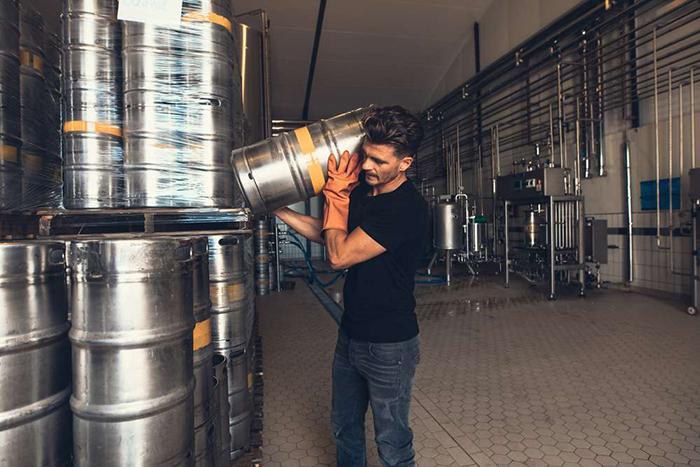
Read More : Types Of Beer Updated 12/2025
Consider buying in bulk or sharing the cost with others, compare prices and offers from different retailers, think about alternative keg options such as reusable or mini kegs, and time purchases during off-seasons to save money on keg purchases.
Buying In Bulk Or Sharing Costs
One effective way to save money on keg purchases is by buying in bulk or sharing the cost with friends. This strategy works well when purchasing for larger events and parties, as splitting the price of a keg among several people can significantly reduce individual costs.
For instance, if a half-barrel keg of beer costs $150, six individuals could split the cost at $25 each instead of paying for separate cases or bottles.
Another option is to consider hosting potluck-style gatherings where attendees bring their own drinks or contribute cash towards communal kegs. Not only does this approach spread out the cost among everyone attending, but it also allows for variety in drink options and ensures that everyone can enjoy themselves without financial burden.
Comparing Prices And Offers From Different Retailers
To save money on keg purchases, it’s important to compare prices and offers from different retailers. Here are some tips for comparing prices:
- Check local distributors: Start by checking with local beer distributors in your area. They may have deals or discounts that are not available online.
- Research online: Use online platforms such as Total Wine, BeerMenus, and KegWorks to research current prices and promotions from different retailers.
- Consider delivery costs: Some retailers offer free delivery while others charge fees based on distance. Take these costs into account when comparing prices.
- Compare package options: Retailers may offer different packages for kegs, such as tap rentals or extra cups. Compare these options to find the most cost-effective choice.
- Look for coupons or discounts: Check coupon websites like Honey or RetailMeNot for discounts on keg purchases.
Remember to also consider factors such as brand popularity and seasonal demand when comparing prices. By taking the time to compare prices from different retailers, you can ensure that you’re getting the best deal on your keg purchase.
Considering Alternative Keg Options, Such As Reusable Or Mini Kegs
If you’re looking to save money on keg purchases, considering alternative options such as reusable or mini kegs can be a great solution. Reusable kegs can be refilled multiple times, helping reduce waste and save money in the long run.
Stainless steel kegs are a popular choice for reusable options due to their durability and longevity- they can last up to 20 years or more.
Alternatively, mini-kegs are another cost-effective option that also take up less space than traditional kegs. They are perfect for small gatherings or events where only a limited amount of beer is needed.
Some popular brands offering mini-keg options include Heineken and Newcastle Brown Ale, with prices starting as low as $30 per unit.
Timing Purchases During Off-Seasons
One strategy to save money on keg purchases is by timing your purchases during off-seasons. This means taking advantage of times when demand for certain beers may be lower, such as during the winter months for lighter beers like lagers or in the summer for darker beers like stouts.
By doing so, you may be able to find better deals and discounts from retailers looking to move inventory. For instance, some stores offer discounts or deals on kegs purchased during holiday weekends leading up to major events like the Super Bowl.
Conclusion
In conclusion, the cost of a keg of beer depends on several factors such as its size, brand popularity, market demand, taxes, and delivery fees. It is essential to compare prices from different retailers and consider alternative options to save money.
Kegerator economics show that purchasing a keg instead of individual bottles or cans can help consumers save money in the long run.
Sources: https://chesbrewco.com
Category: Beer


